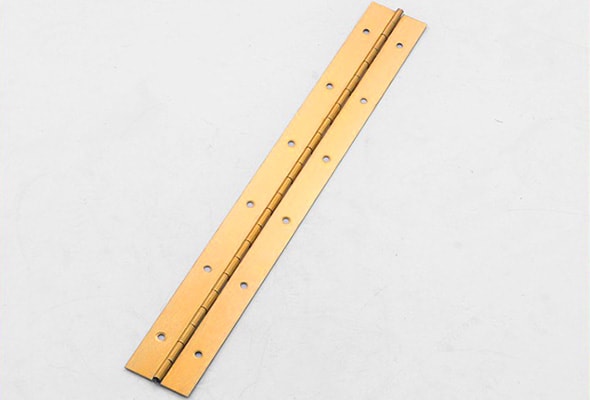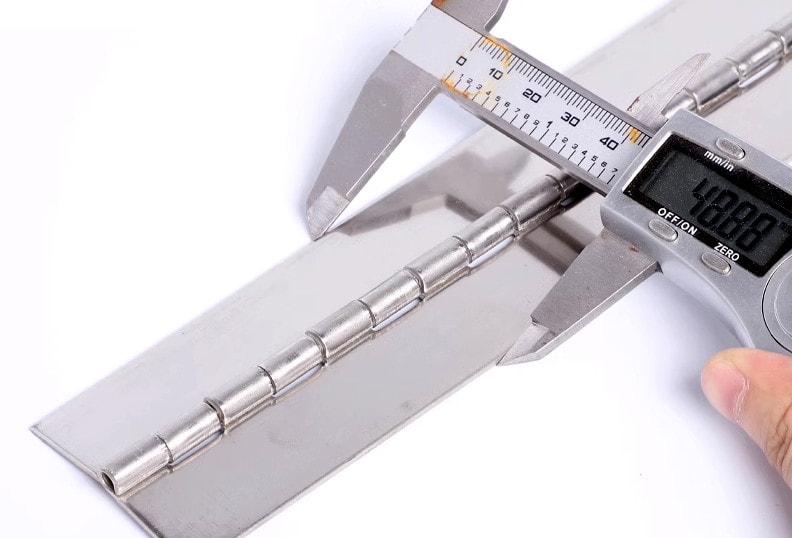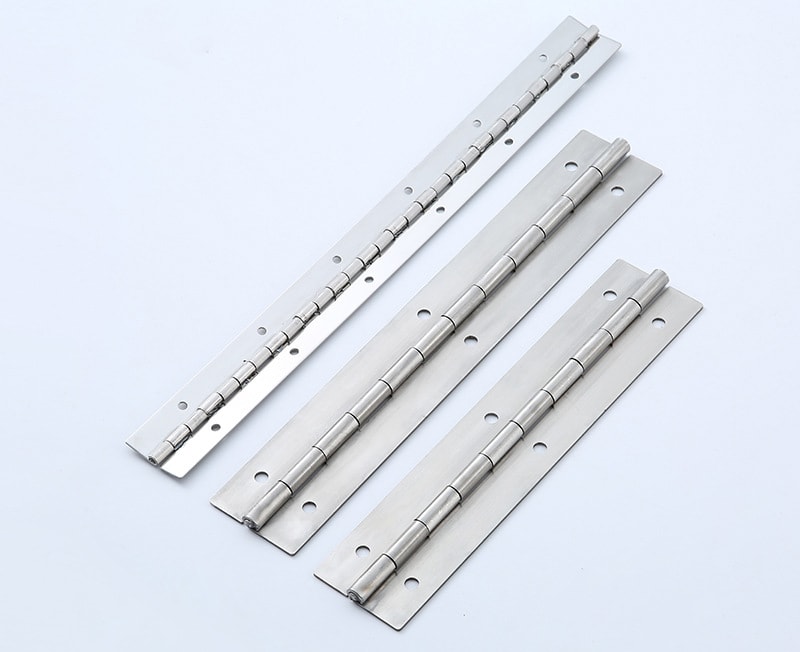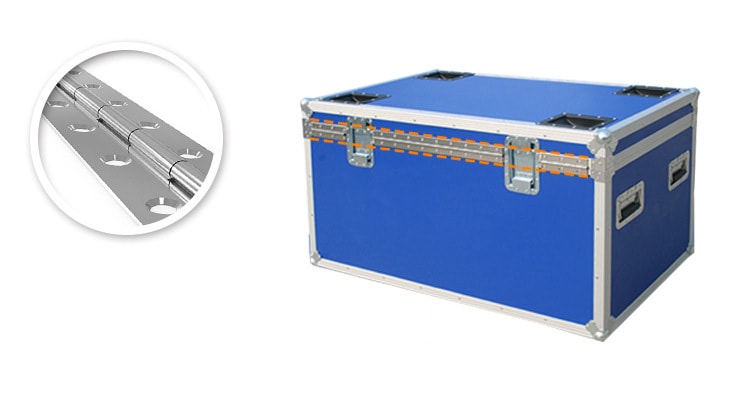Hinges might seem like a small component in the grand scheme of building or renovating, but choosing the right one can make a big difference in the functionality and longevity of your doors and cabinets. Whether you’re a seasoned professional in construction or a homeowner embarking on a DIY project, the selection of a hinge can significantly affect the outcome of your work.
Choosing the right 5-inch hinge involves understanding not just the hinge itself but how it interacts with your door, the material it’s made of, and the environment it will be situated in. This guide will take you through the crucial aspects to consider before making your purchase, ensuring that your doors operate smoothly and last for years to come.
Selecting the perfect hinge is more than just picking a piece of hardware; it’s about enhancing the functionality and aesthetics of your doors while ensuring durability and security. Let’s delve into the essential topics you must understand before making your hinge purchase.

Types and Materials
Hinges come in various types and materials, each suited to different applications and aesthetic preferences. From butt hinges, which are commonly used for doors, to specialized types like concealed or pivot hinges, understanding the specific use-case scenarios of each type is crucial.
Materials range from brass, steel, and stainless steel to more exotic options like bronze, each offering different levels of strength, corrosion resistance, and visual appeal. Choosing the right combination of type and material is essential for ensuring the hinge can support the weight of the door and match the desired look and feel of your space.
Selecting a hinge made from a material that complements the environment it will be used in is vital for longevity. For example, stainless steel is excellent for high-moisture areas due to its rust resistance.
Installation Techniques
The installation of 5-inch hinges requires precision and understanding of the door’s structure and frame. Whether you’re retrofitting hinges on an existing door or installing them on a new one, the process involves measuring and marking the hinge locations accurately, cutting mortises, and securing the hinges with screws.
Proper installation ensures that the door hangs straight, swings smoothly, and doesn’t sag over time. It’s also worth considering the tools and skills required for installation. For some, a simple screwdriver might suffice, but others may need chisels, routers, or even specialized templates to achieve a perfect fit.

Load Capacity and Size Compatibility
The load capacity of a hinge is a critical factor, especially for heavy doors. The size and weight of your door must be compatible with the hinge’s specifications to prevent wear and tear or failure. 5-inch hinges are generally suitable for larger, heavier doors, but always check the manufacturer’s load rating to ensure it meets your requirements.
Understanding the relationship between the door size, weight, and the number of hinges required is also essential for balanced load distribution and optimal performance.
Maintenance and Lubrication
Regular maintenance and lubrication are key to extending the life of your hinges and ensuring they continue to operate smoothly. Depending on the material and location of the hinge, the maintenance requirements can vary. For example, outdoor hinges may require more frequent lubrication due to exposure to the elements.
Selecting hinges with accessible lubrication points or those designed to minimize maintenance can save time and effort in the long run.
Security Features
For exterior doors, security is a paramount concern. Hinges with built-in security features such as non-removable pins or tamper-resistant screws can provide an extra layer of protection against break-ins. Understanding the security features available and selecting hinges that offer the appropriate level of security for your needs is crucial.
In high-security areas, consider hinges that are rated for such use, ensuring that they complement the overall security strategy of the space.

Weather Resistance
Hinges exposed to outdoor conditions must be able to withstand the elements without corroding or degrading. Materials like stainless steel or coated metals offer enhanced weather resistance, making them ideal choices for exterior doors or environments with high humidity.
Selecting a hinge that is specifically designed for outdoor use can prevent rust and ensure longevity, even in challenging weather conditions.
Aesthetic and Finish Options
The aesthetic aspect of hinges is often overlooked, but they can significantly impact the overall look of a door. From polished brass for a classic look to brushed nickel for a more contemporary appeal, the finish of your hinges should complement the door and the room’s decor.
Consider the visual impact of the hinge and whether it will be a focal point or blend seamlessly into the background when making your selection.
Brand Comparisons
Not all hinge brands are created equal. Some brands are renowned for their durability, precision engineering, and innovative features, while others might offer more cost-effective solutions without compromising quality. Researching and comparing brands can help you find the best combination of quality, functionality, and price.
Looking into reviews, warranty offerings, and the brand’s reputation can guide you toward making an informed decision.

Cost and Value Analysis
The cost of 5-inch hinges can vary widely based on type, material, brand, and additional features like security or weather resistance. However, the cheapest option isn’t always the most cost-effective in the long run. Considering the hinge’s lifespan, maintenance needs, and how well it meets your specific requirements can provide a better value analysis.
Investing in higher-quality hinges might mean higher upfront costs but can lead to savings in maintenance, replacement, and security over time.
Conclusion
Choosing the right 5-inch hinge is a decision that impacts the functionality, security, and aesthetic appeal of your doors. By understanding the types and materials, installation techniques, load capacity, maintenance needs, security features, weather resistance, aesthetic options, brand reputations, and cost-value analysis, you can make an informed choice that meets your needs and expectations. Remember, the best hinge is one that balances quality, functionality, and cost to provide lasting value and performance.
You may be interested:
- What are the Features of High Quality Hinges?
- Top 5 Hinges Manufacturers in Delhi
- How Much Weight Can a Piano Hinge Hold?
- What Are the Large Door Hinge Types?




